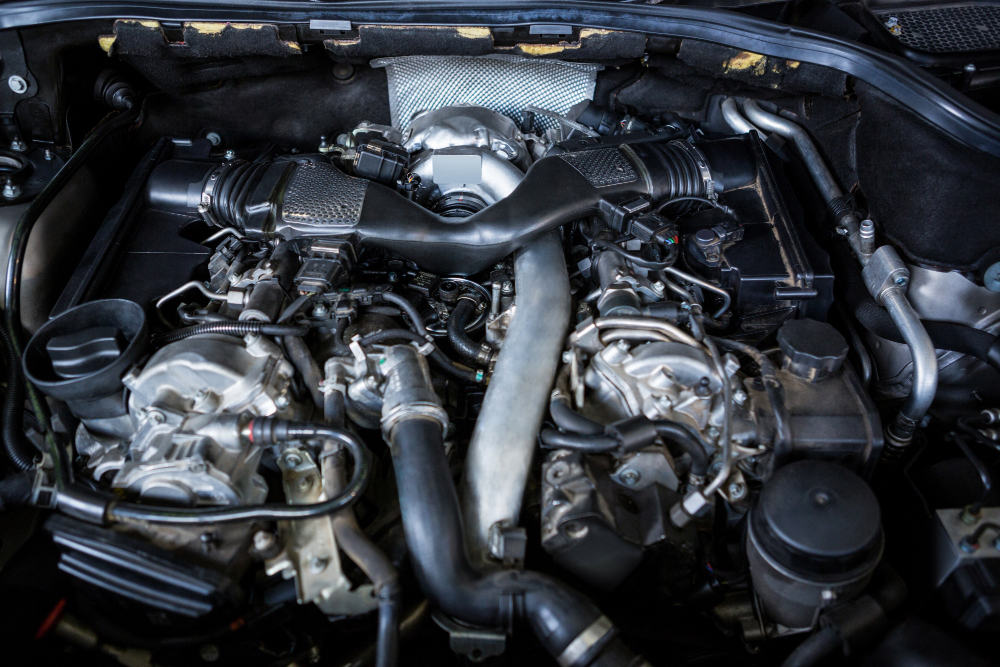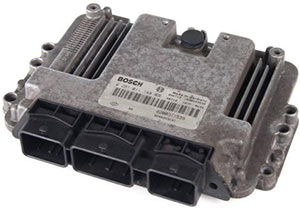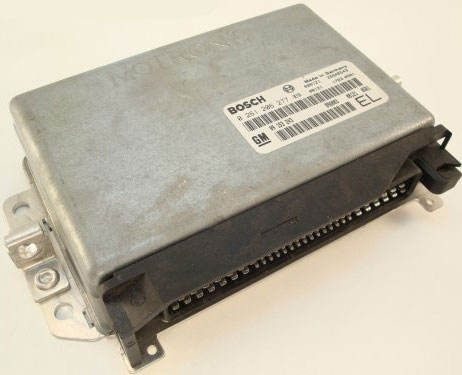Diesel Particulate Filters (DPFs) play a crucial role in reducing harmful emissions from diesel vehicles. They have become an essential component in modern diesel engine systems, helping to protect the environment and improve air quality. In this comprehensive guide, we will delve into the workings of a DPF, explaining how it functions and why it’s essential for both your vehicle and the environment.
Understanding the Basics of Diesel Particulate Filter

1. What is a DPF?
A Diesel Particulate Filter (DPF) is an emissions control device that captures and removes particulate matter (PM) or soot from the exhaust gases of a diesel engine. These tiny particles are one of the primary pollutants produced by diesel engines and are known to have adverse health effects when released into the atmosphere.
2. The Importance of DPF
DPFs are integral in achieving compliance with strict emission standards imposed by governments worldwide. By trapping and eliminating harmful particulate matter, DPFs significantly reduce a vehicle’s contribution to air pollution.
How Does a Diesel Particulate Filter Work?
3. Filtration Process
The core of a DPF is a porous ceramic or metal filter that traps particulate matter as exhaust gases pass through it. The filter has countless tiny channels or honeycomb-like structures designed to capture and retain soot particles. This process is known as “filtration.”
4. Accumulation of Soot
Over time, the soot particles accumulate on the filter’s surface, gradually clogging it. This accumulation can lead to increased exhaust backpressure, affecting engine performance and fuel efficiency.
5. Regeneration
To prevent excessive clogging, modern DPF systems feature a regeneration process. This is where the magic happens. During regeneration, the DPF heats up to extremely high temperatures (around 600-700°C or 1112-1292°F) using the exhaust gases. This intense heat burns off the accumulated soot, turning it into less harmful ash.
6. Active and Passive Regeneration
There are two types of regeneration: active and passive. Active regeneration is initiated by the engine control unit (ECU) and occurs automatically when the DPF senses that it’s becoming clogged. Passive regeneration happens during normal driving conditions when exhaust temperatures are naturally high enough to initiate the process.
DPF Maintenance and Tips
7. Regular Maintenance
Maintaining your DPF is essential for its longevity and proper functioning. Follow the manufacturer’s recommendations for regular maintenance, which typically includes periodic inspections and replacing the DPF if it’s damaged or beyond cleaning.
8. Driving Habits
Your driving habits can influence the DPF’s performance. Frequent short trips may not allow the exhaust system to reach the necessary temperatures for passive regeneration. Consider taking your vehicle for longer drives occasionally to help with this process.
Read more: The Future of Mobility: Ride-Sharing, Mobility-as-a-Service (MaaS), and Flying Cars
9. Using Low-Sulfur Diesel
Using low-sulfur diesel fuel can reduce the amount of ash produced during combustion, ultimately prolonging the life of your DPF.
FAQs
1. What is a DPF, and what is its purpose?
A DPF, or Diesel Particulate Filter, is an emissions control device installed in the exhaust system of diesel vehicles. Its primary purpose is to capture and reduce the emission of harmful particulate matter (PM) or soot from the vehicle’s exhaust gases, thereby improving air quality.
2. How does a DPF work?
A DPF works by trapping soot particles in its porous filter as exhaust gases pass through it. Over time, soot accumulates on the filter’s surface. During regeneration, the DPF heats up to high temperatures, burning off the trapped soot and converting it into ash.
3. What are the benefits of using a DPF?
The key benefits of DPFs include:
- Reducing harmful emissions, including PM and black smoke.
- Improving air quality and public health.
- Ensuring compliance with stringent emission standards.
- Enhancing fuel efficiency and engine performance.
4. How often does a DPF need regeneration, and is it automatic?
DPF regeneration can occur automatically and is typically needed when the filter becomes clogged with soot. The frequency of regeneration depends on driving conditions, with both active and passive regeneration methods in place to ensure optimal performance.
5. What happens if a DPF becomes too clogged or damaged?
If a DPF becomes excessively clogged or damaged, it can lead to reduced engine performance, increased fuel consumption, and potential damage to the engine. In such cases, the DPF may need cleaning or replacement.
6. Can I drive without a functioning DPF?
It is illegal and environmentally harmful to drive a diesel vehicle with a non-functioning DPF in areas where emission standards mandate its use. It’s important to maintain and repair the DPF if necessary to ensure compliance and protect air quality.
Read more: Legal Regulations And DPFs In The UK: A Comprehensive Guide
7. How can I maintain my DPF properly?
Proper DPF maintenance includes following manufacturer-recommended service intervals, driving for extended periods at highway speeds to facilitate passive regeneration, and using low-sulfur diesel fuel to reduce ash production.
8. Are there any DPF alternatives or upgrades available?
Some aftermarket products claim to enhance DPF performance, but it’s essential to consult with experts and adhere to local regulations when considering upgrades or alternatives to DPF systems.
9. Are DPFs used in all diesel vehicles?
DPFs are now commonly used in most modern diesel vehicles to comply with emission regulations. However, older diesel vehicles and certain off-road diesel equipment may not have DPFs.
Conclusion
In summary, a Diesel Particulate Filter (DPF) is a critical component in reducing harmful emissions from diesel engines. By capturing and burning off soot particles through the regeneration process, DPFs help protect both the environment and your health. Regular maintenance and driving habits can contribute to the longevity and effectiveness of your DPF, ensuring cleaner air and better engine performance.
Understanding how a DPF works is not only for diesel vehicle owners but also for anyone concerned about air quality and reducing the impact of diesel emissions on our planet. By embracing DPF technology and its proper maintenance, we can take significant steps toward a cleaner and healthier future.

